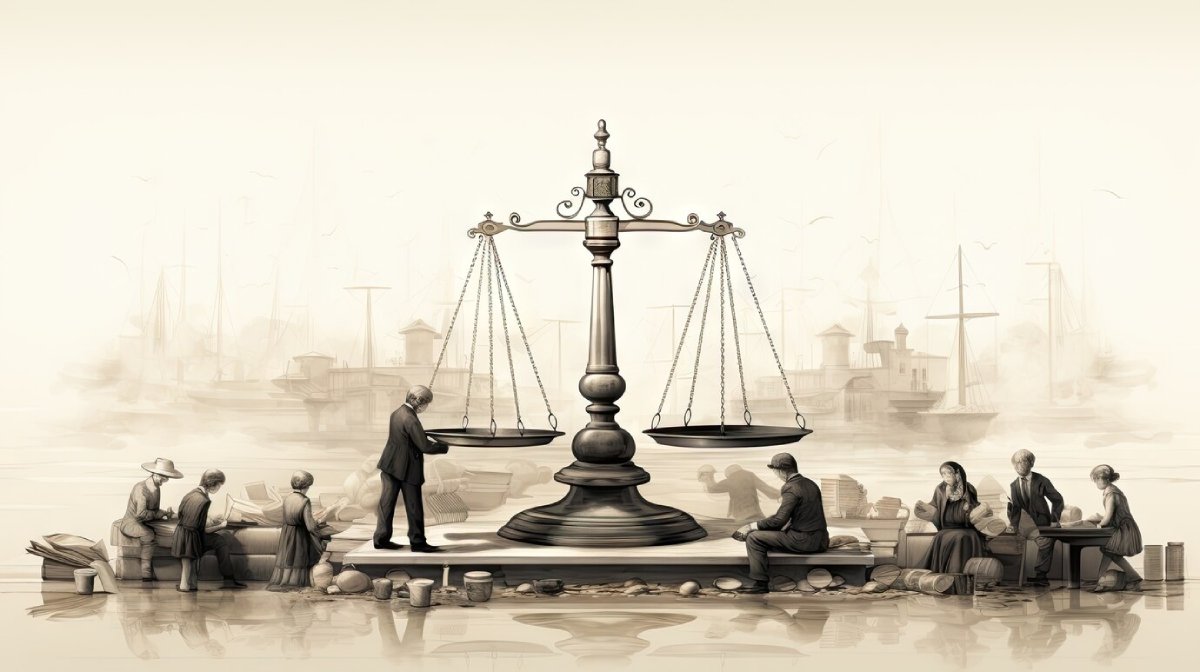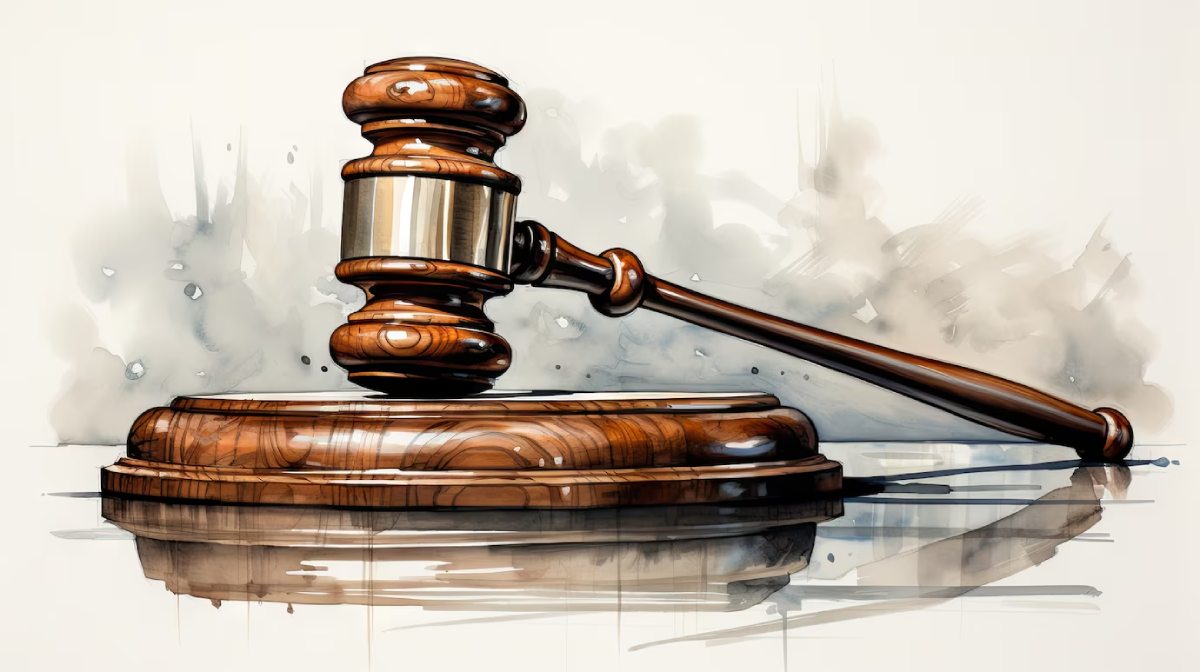
The structure of the United States government, as outlined in the Constitution, was conceived in response to the inadequacies of the previous governmental form, the Articles of Confederation. Questioning any shakiness in the economy and/or conflicts in civil society, early leaders of America realized the need for a powerful centralized government. This is when the question “What Is Dual Federalism?” arises.
This paved the way for the development of federalism – a system in which power was divided between the central and state governments.
The transformation of the American confederal structure to federalism is one of the significant milestones in the history of American political development, which formed the microstructure of the present federal system of governance.
What is Dual Federalism?

The system of government characterized by two separate and independent governments is known as Dual federalism also referred as layer cake federalism.
Imagine a layer cake: the first key is the separation of things on the federal level on one hand, and the state level on the other hand, where the two are independent layers that do not interact.
This can be distinguished from cooperative federalism or what some scholars describe as ‘marble-cake federalism’ in which the federal and state governments collaborate and their share of responsibilities are intermingled, like the ribbons in marble cake.
What Are The Defining Characteristics of Dual Federalism?

Separation of Powers: According to Barone, dual federalism is a system in which the central and the state governments each exercise their responsibilities independently and largely without interference.
For instance, the federal government is responsible for foreign policy while other issues such as management and social policies laid down by the central legislative body also known as the Congress are the responsibilities of the states.
Sovereignty: While the federal government is declared sovereign and co-ordinate within its sphere of activities, the provincial governments are sovereign within their respective provinces.
Tension: The balance of power between the national and regional governments is currently characterized by rivalry more than cooperation.
Unlike cooperative federalism, also known as marble-cake federalism, where the federal and state governments are involved in decision-making processes and their roles overlap while addressing various problems.
Constitutional Origin
A dual or joint federalism system was adopted in the United States as a result of perceived inefficiencies with the operation of the Articles of Confederation, which was ratified in 1781.
These articles established a very weak federal government with few powers including the rights to declare war, to make treaties, and to maintain an army.
However, he failed to pay off the debt incurred from the American Revolution and therefore experienced some financial crisis to top it up with incidents like Shays’ rebellion.
Some people have called for a stronger central government both on a national level and within a region to be able to:
Because of these problems, a political group emerged which was known as the Federalists who advocated for the unitary government of America.
This eventually culminated in the Constitutional Convention of 1787 with the main purpose being to amend the Articles of Confederation.
DRAWING NEW CONSTITUTION
All delegates to the 1787 Convention rejected the mirroring of previous Articles and immediately agreed to compose an all-new Constitution instead.
They required a middle ground that was not as liberal as a confederation system or as centralized as the unitary system.
On this, they agreed on federalism, a system that distributes sovereignty between the federal government and state governments.
There are dozens of features that may form the basis of a new constitution, but the following are some of the key provisions that may be included in a new constitution:
The new Constitution allowed the federal government to: The new Constitution allowed the federal government to:
- Tax citizens.
- Maintain a standing military.
- Regulate interstate commerce.
- Coin currency.
Article six set boundaries depicting that federal laws would precede over the state laws where there is a clash.
But the formal Charter, or the Bill of Rights as it was known, and more specifically the Tenth Amendment, made certain that the federal authority possesses only those powers delegated to it by the US Constitution.
The Connecticut Compromise
The delegates of the convention were highly debating at the Convention to decide the structure of a legislative branch.
Some states, such as Virginia, wanted Congress to be implemented based on the population of the state (Virginia Plan); whereas some other states, such as New Jersey, wanted equal representation in Congress (New Jersey Plan).
The Connecticut Compromise solved this flaw through the provision of a legislature with two chambers, thus catering to both the large states and the small ones.
Interpretations of The Debate
Another political scientist Martin Diamond later opined that the interpreted debate was not specifically concerning state size, but whether one was federalist or antifederalist.
He told them that the Virginia and New Jersey Plans were the extremes of nationalism and federalism.
However, there are different opinions about the experimental interpretation itself, many are convinced that indeed state size was a crucial determinant.
You May Like Also: Florida Anti LGBTQ Laws: Examining The Legal Ramifications
To Conclude
The formation of the United States Constitution was one of the previous steps in the evolution of America because it ironed out the difficulties of the Articles of Confederation to form a proportional federal constitution.
This new framework of “What Is Dual Federalism?” reorganized powers between the federal government and state governments, and this organization enabled cooperation as well as competition.
Of course, there were trade-offs such as the compromise of Texas, and such compromises contributed to the formation of a government structure that has remained relevant for centuries.
This combination of federalism remains a part of American politics and the governing system as a means of proving the visions and the planning of the founders.
You May Like Also:


